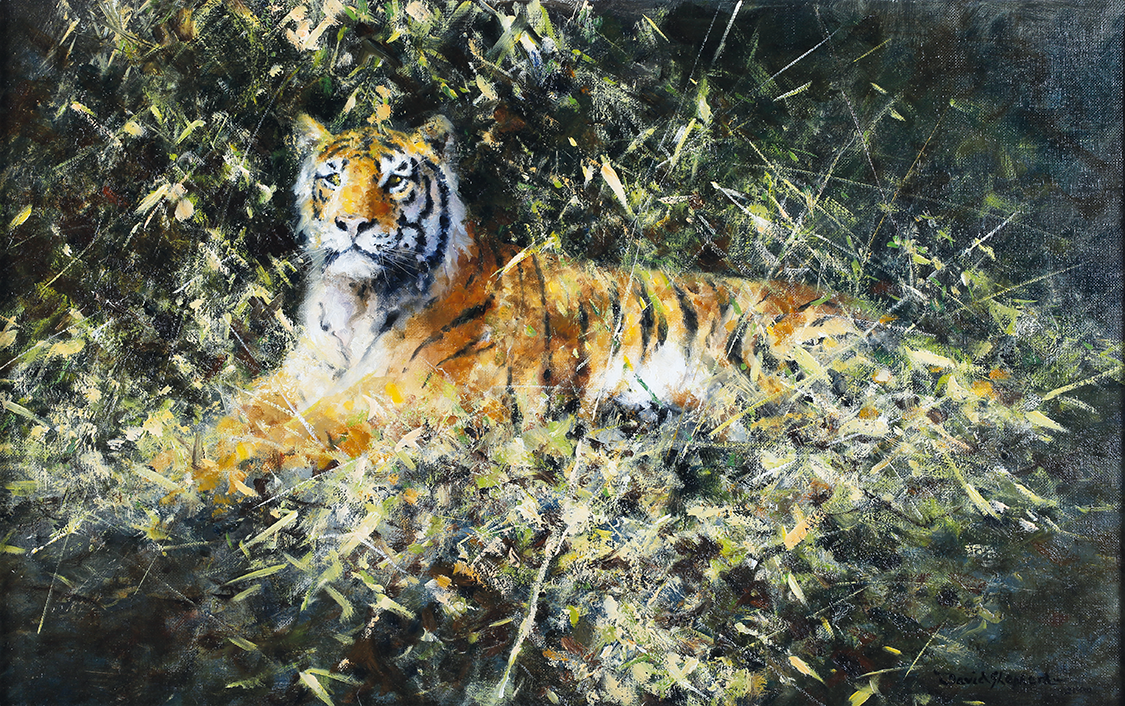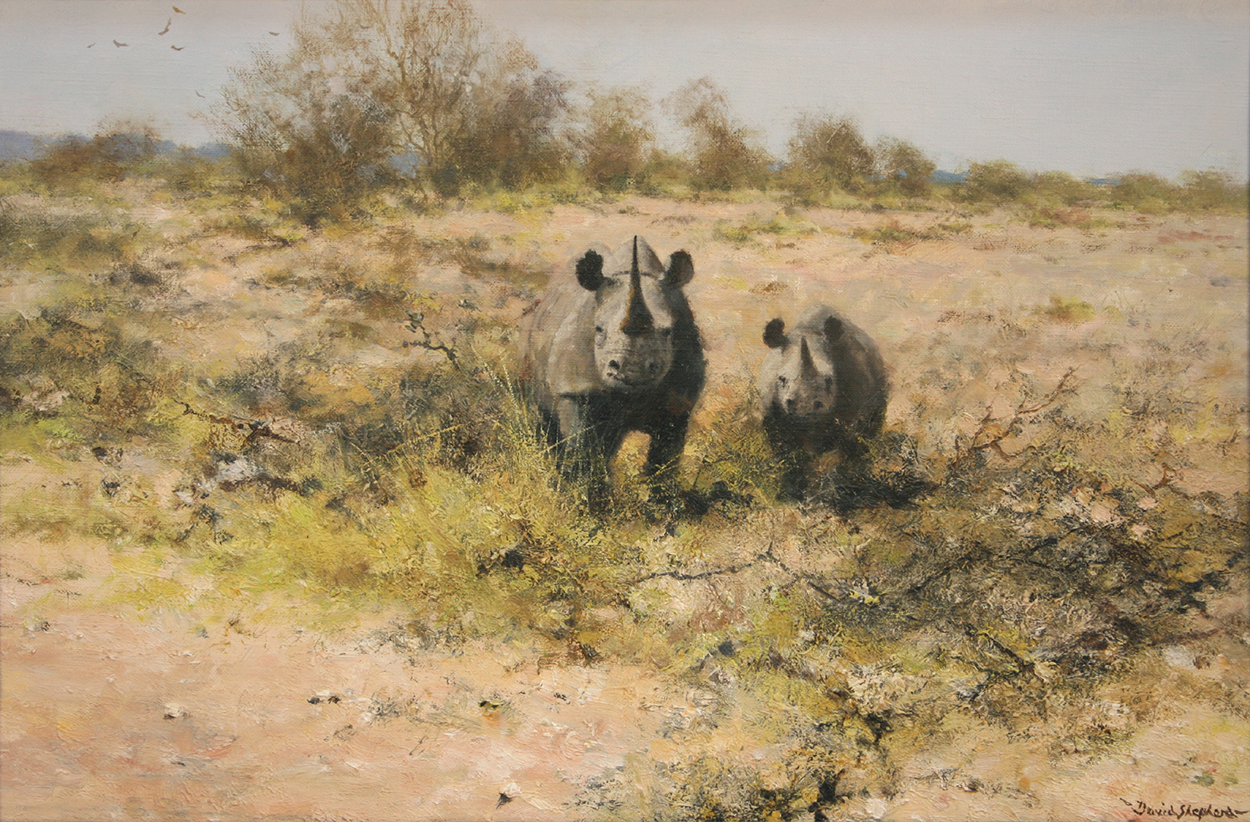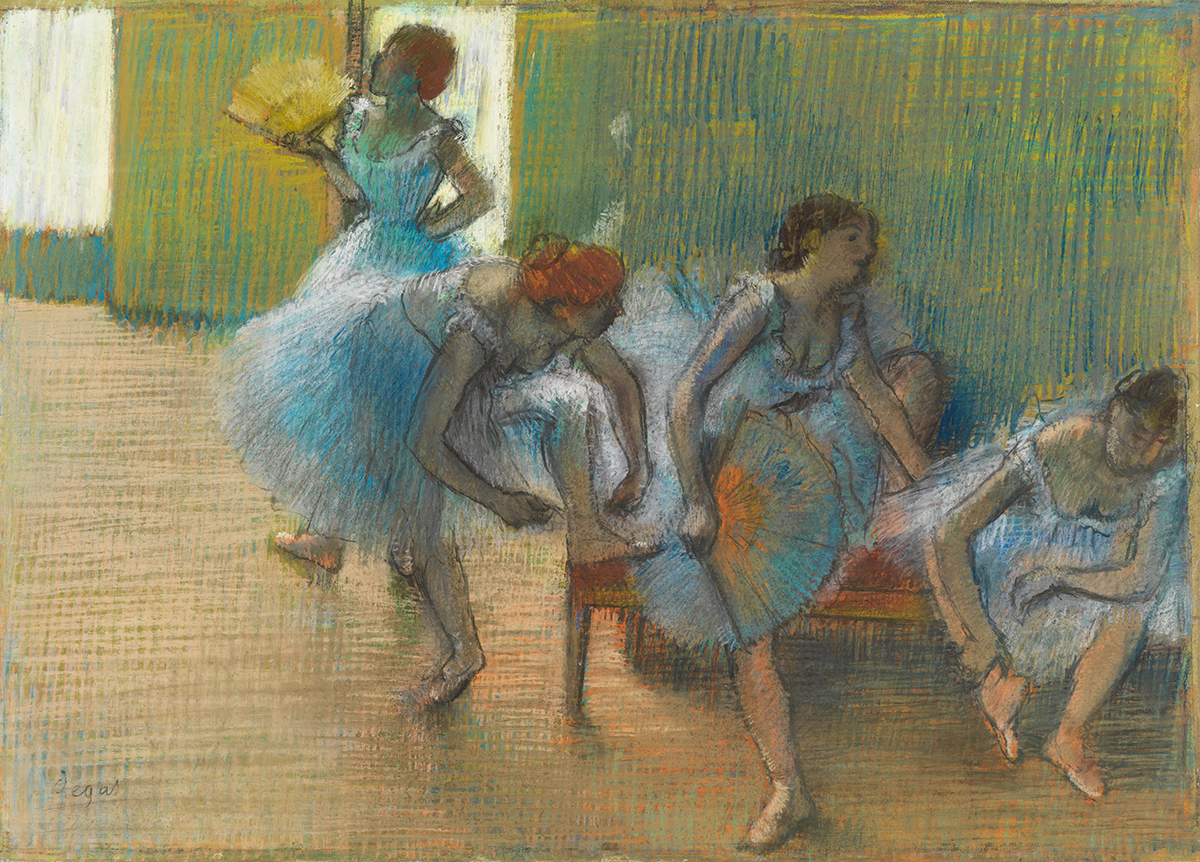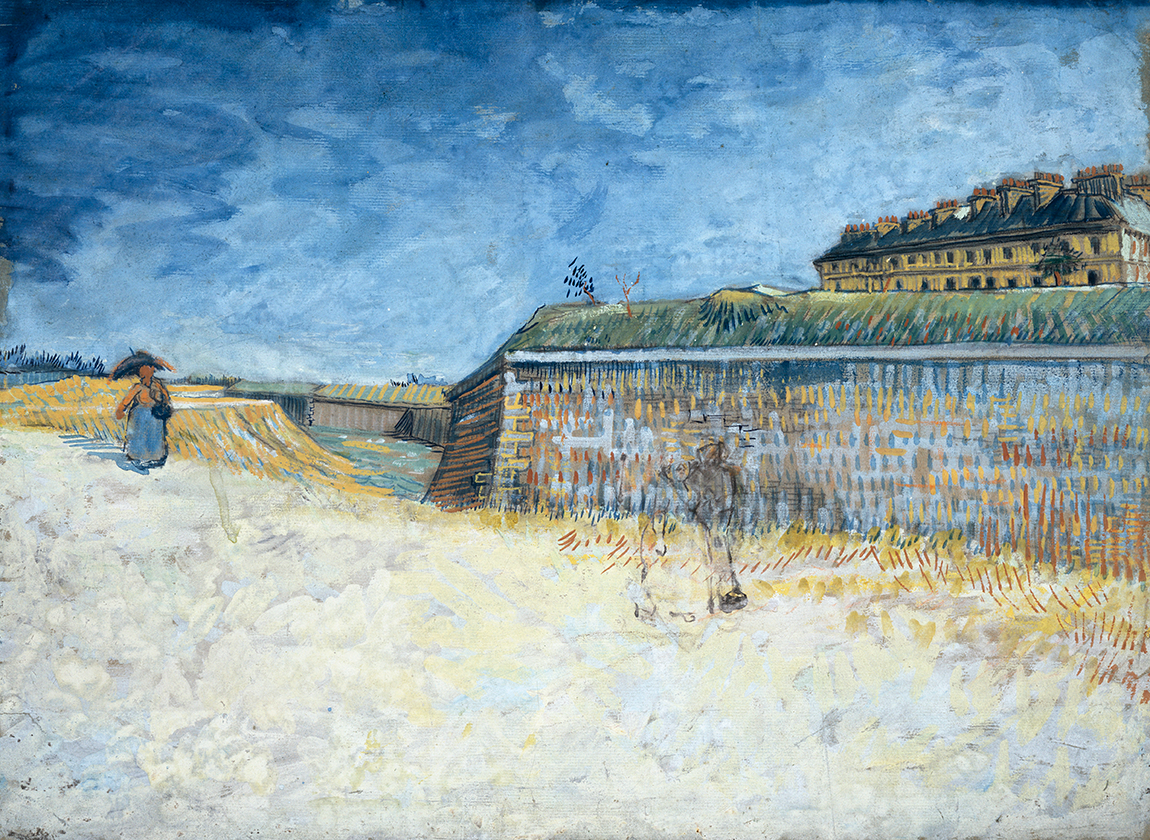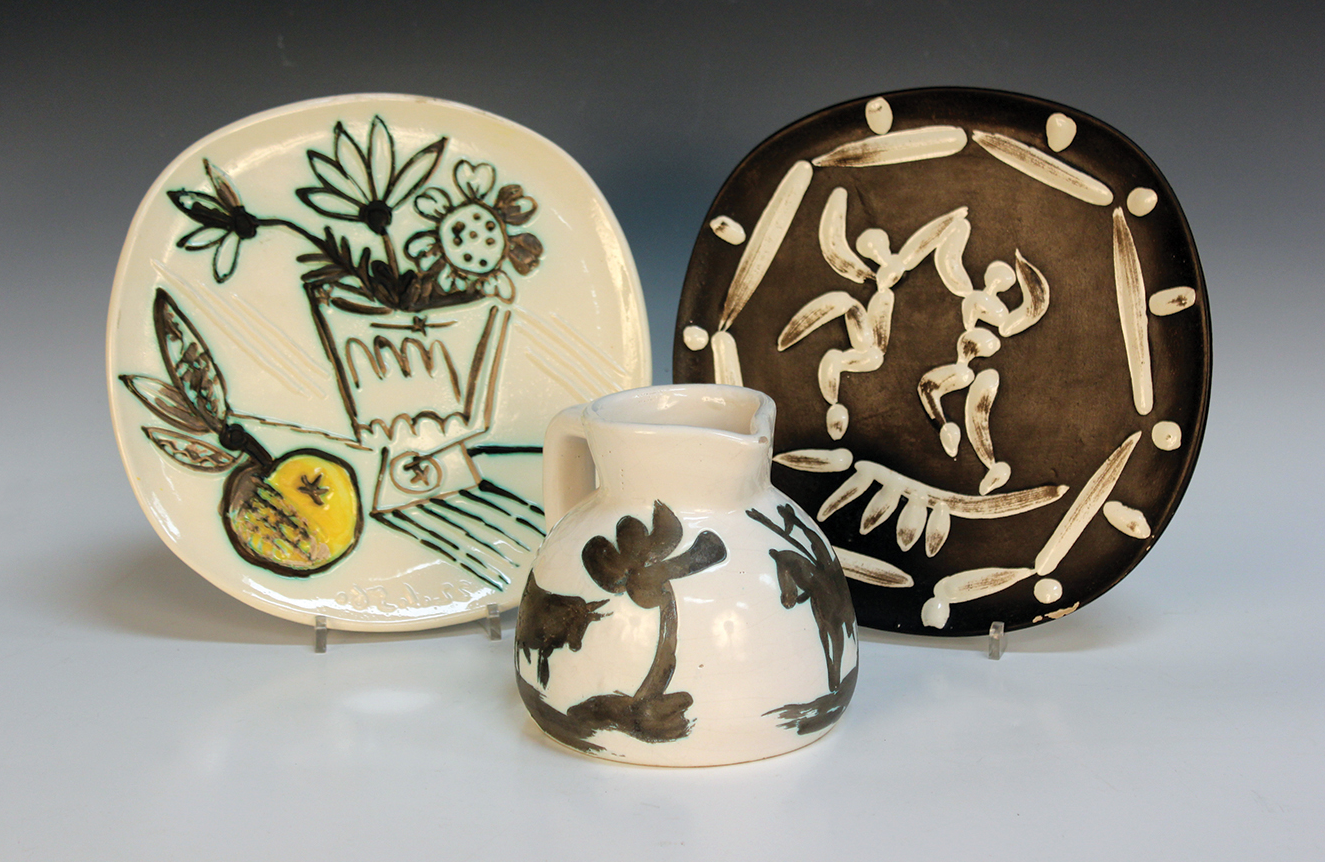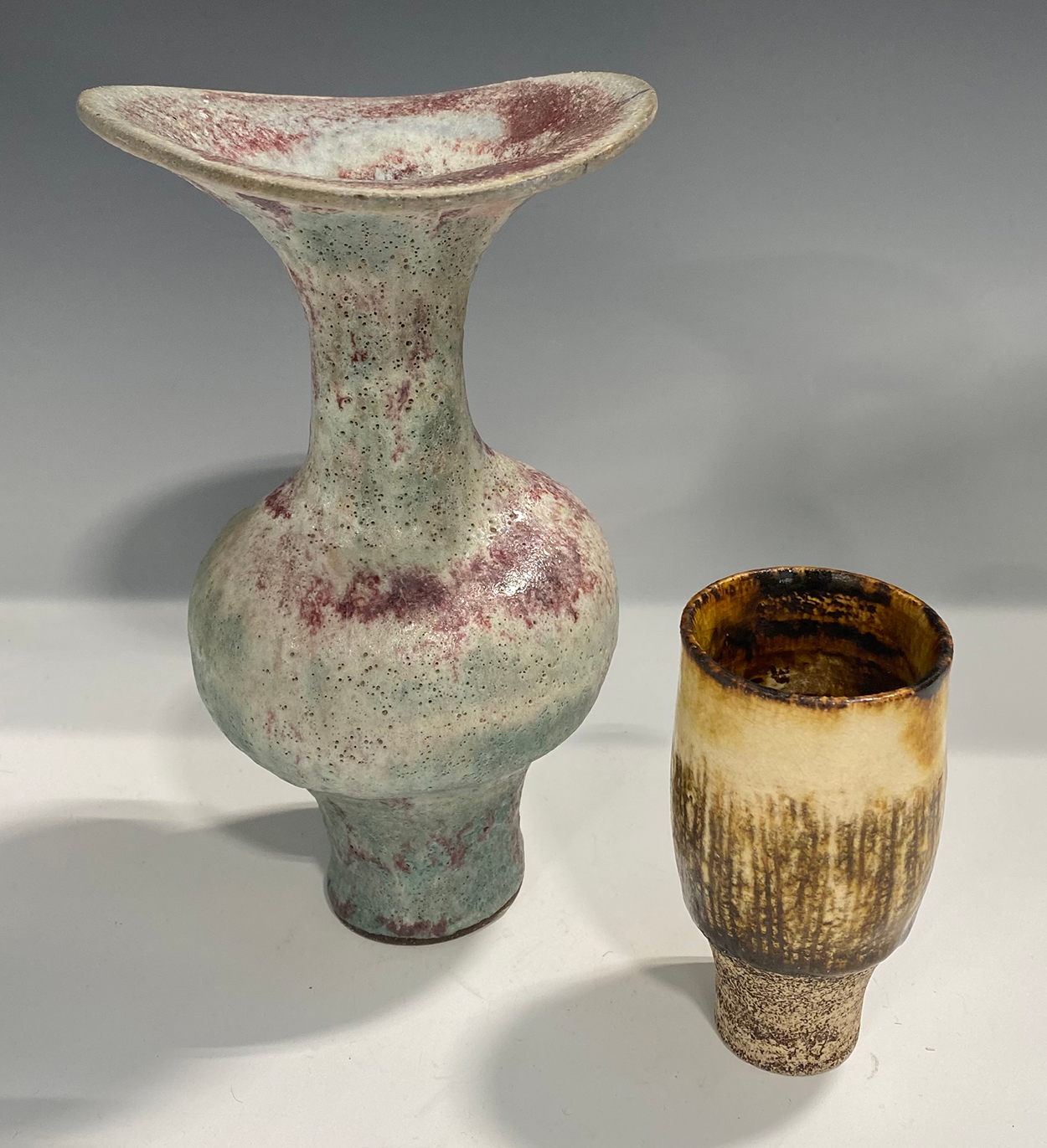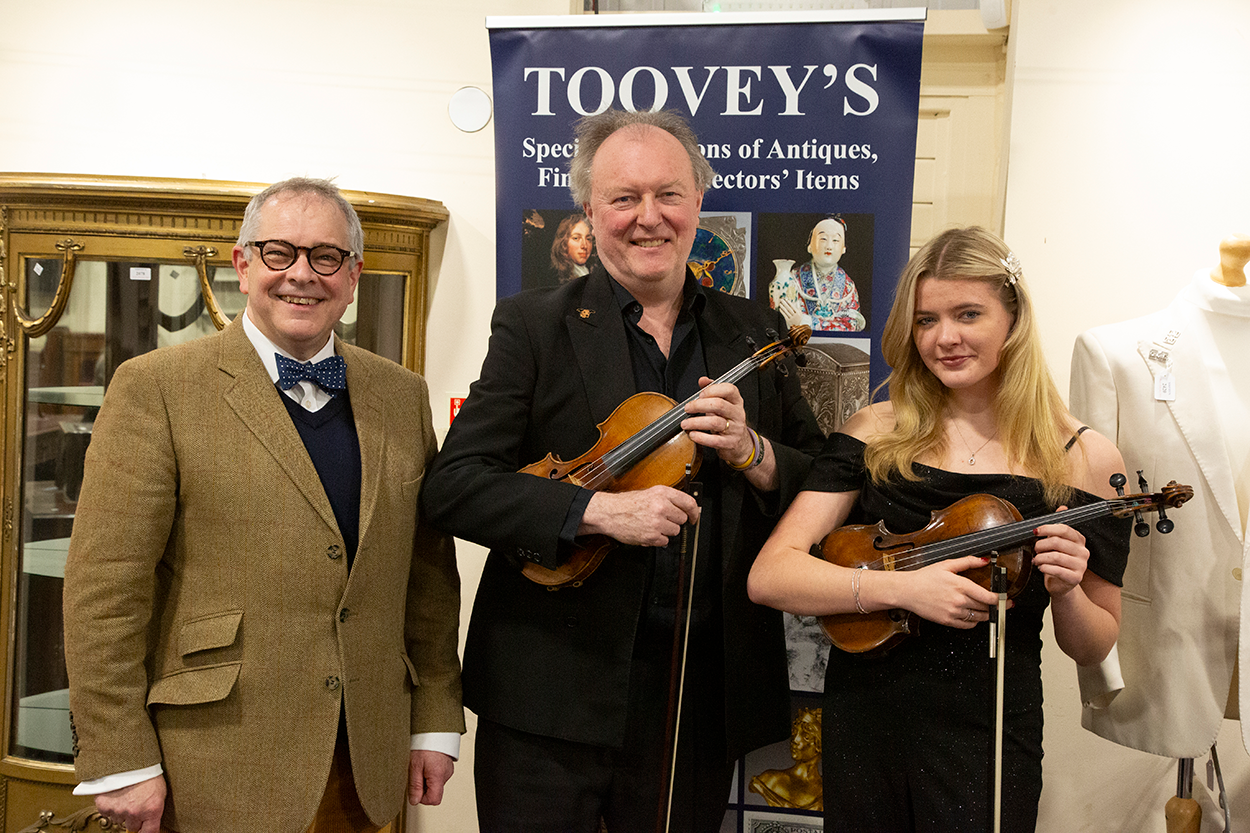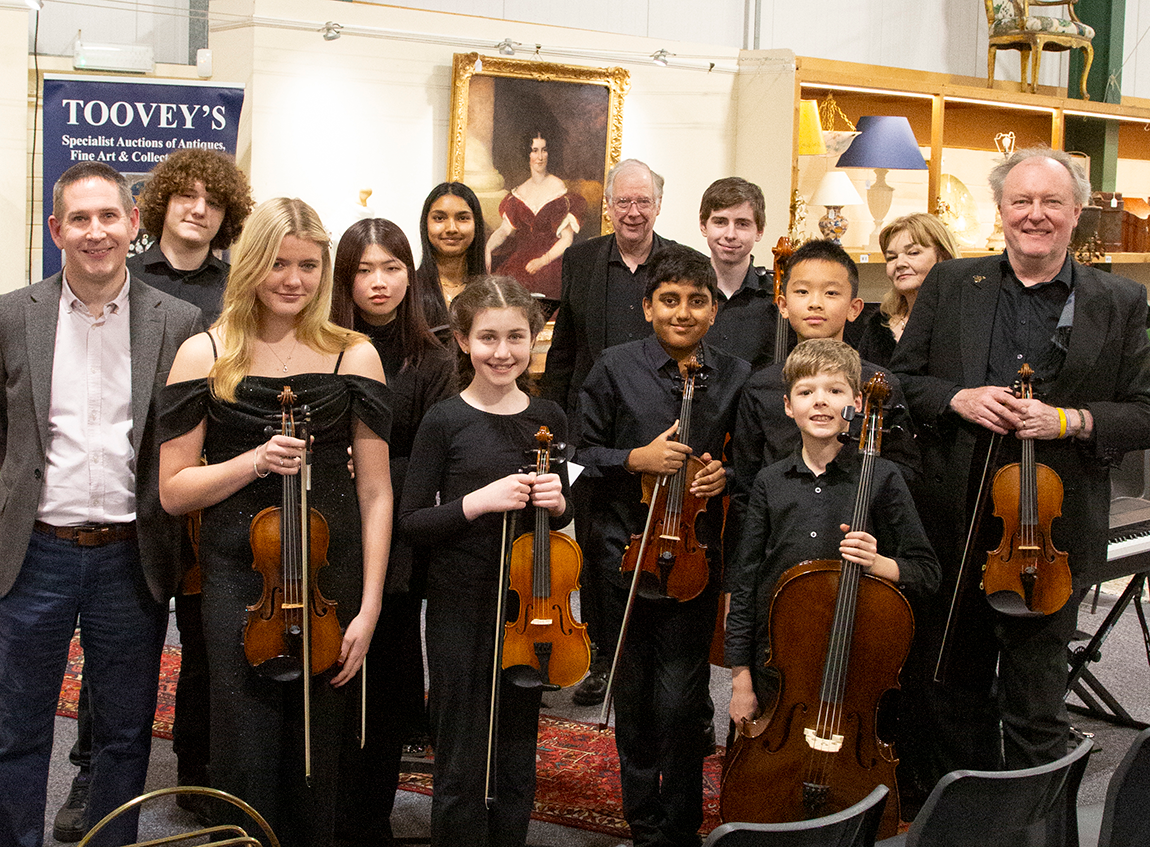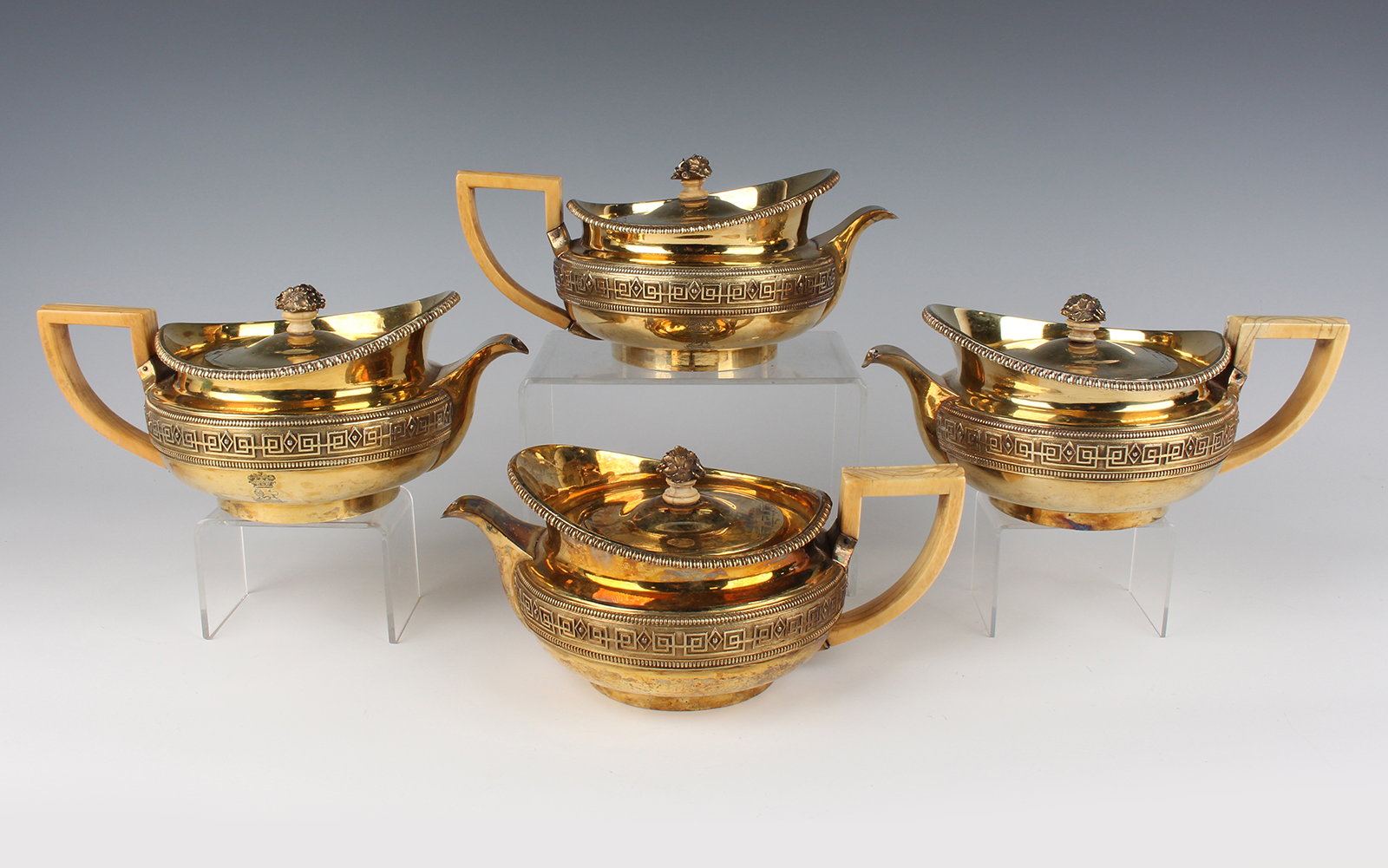
Tea is very important in our home especially for my wife. No tea no Teresa in the mornings – well a girl must have standards.
It is said that the first tea shop in England was opened in 1706 by Thomas Twining at 216 Strand in London where it remains to this day.
Parliament banned the importation of finished Chinese and other Asian silk and textiles in 1720 and this led to the British East India Company turning its attention to tea. Between 1720 and 1750 the company’s imports of tea quadrupled. Its imports of tea from Canton were some three times higher than any of its European rivals. With tea now its main import and with production rising in India the price stabilised making it less expensive than coffee with an inevitable growth in its popularity. In the 18th century tea replaced beer as our national drink. Much was made of its health benefits and the rise in tea drinking in Britain from the mid-18th to the mid-19th centuries was matched by a significant fall in mortality rates, though this may have just been a benefit from tea being made with boiling water thereby reducing water carried pathogens.
In the early 18th century tea was hugely expensive and an array of objects were made marking the drink’s new found popularity in Britain’s wealthiest homes. Many were made in silver like the set of three graduated rococo tea caddies decorated with C scrolls and pineapple finials. They were made in London in 1739 by the highly respected silversmith John Pero. Their contemporary sarcophagus shaped casket has a lock to keep the precious tea safe. They sold for £3600 at Toovey’s.
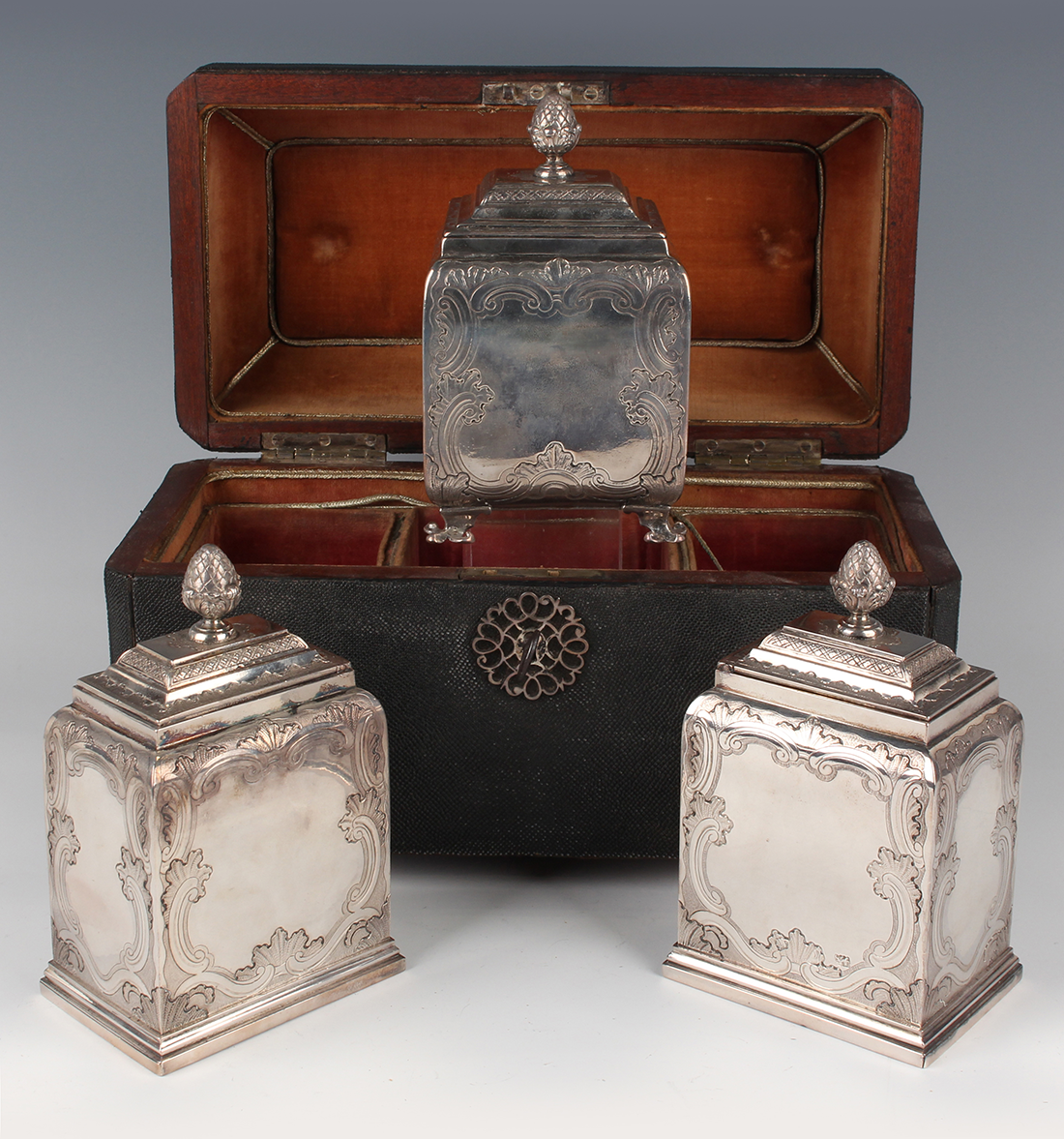
Teapots, too, were used to serve tea in front of guests and were often made of silver. The exceptional set of four small silver-gilt classical revival bachelor’s teapots, each measuring just 3 1/2 inches in height, were made by Digby and Scott and Benjamin Smith II whose partnership produced some of the finest silver objects of the early 19th century. These elements of the classical revival taste were popular in the late Georgian and Regency periods. The teapots also sold at Toovey’s for £6800.
Although coffee’s popularity is on the rise today these tea related objects and their values still speak of the important place of tea in the life of our nation.
